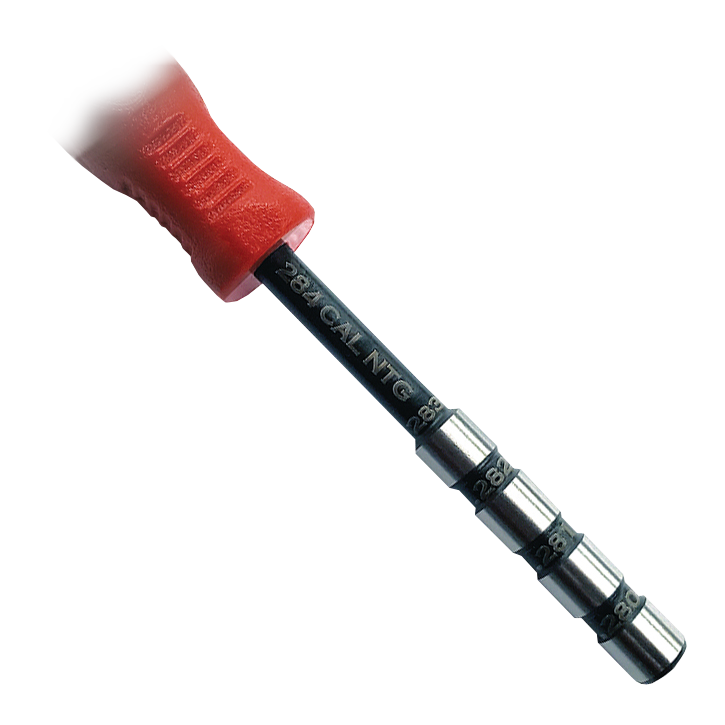Running .223 rem with 75 elds.
On a loaded round , outside neck diameter is .248”.
After sizing (.247” bushing), my outside neck diameter is .246”. Then I run a .223” (actually measured at .223”) mandrel. The outside neck diameter is then .247”, but if I measure the inside neck diameter, I have .222”.
Is this considered .001 or .002” neck tension? Bullet diameter is .224.
Any suggestions?
Starline brass, annealed every firing.
On a loaded round , outside neck diameter is .248”.
After sizing (.247” bushing), my outside neck diameter is .246”. Then I run a .223” (actually measured at .223”) mandrel. The outside neck diameter is then .247”, but if I measure the inside neck diameter, I have .222”.
Is this considered .001 or .002” neck tension? Bullet diameter is .224.
Any suggestions?
Starline brass, annealed every firing.


